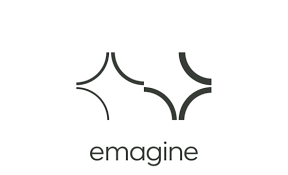A year after its launch, the networking program for young people with dyslexia, which is offered by a number of Danish libraries, has been a great success, reports DR.
In some cities, interest has been so high that organisers have needed to put applicants on a waiting list.
Disorders common
According to Nota, the national library for people with reading difficulties, some 120,000 Danes aged 15-35 have been diagnosed with a reading disorder.
About 80 percent of them are students, and a survey has shown that many of them have no-one to talk to about their challenges.
In six cities
The networking program was launched last year at libraries in six major Danish cities.
Dyslexic students can attend regular meetings where they can meet peers with the same problems and get advice on job-hunting and other relevant issues. (Lucie Rychla)
Spaceman’s flying visit
Rygaards School in Hellerup has opened its new Learning Resource Centre on the top floor of the school’s main building.
The bright, glass-covered room aims to provide the school’s students with new and improved material for their studies and research.
Knowledge appreciation
Andreas Mogensen, the first Dane in space who attended Rygaards in the early 1990s, was a guest speaker.
He also hosted a 20-minute presentation of his space expedition, which was part of the IRSS program launched in September 2015.
“Thanks to this new resource centre, students will get an appreciation for knowledge like the one I got here at Rygaards” said Mogensen during his address. (Gabriele Dellisanti)
Self-harm on the rise
More teens in Denmark are harming themselves, reports Metroxpress.
A study from Børnerådet, the national council for children, reveals that one in five ninth graders (ages 14-15) have intentionally hurt themselves.
A common trend
The National Association for eating disorders and self-harm confirms this practice has become a new trend for dealing with uncomfortable feelings among the youth.
Girls, young people from broken homes or those living in families with financial problems are more likely to self-harm, according to the study.
Self-harm can take different physical forms, including cutting, burning, bruising, scratching and hair-pulling. (Lucie Rychla)













